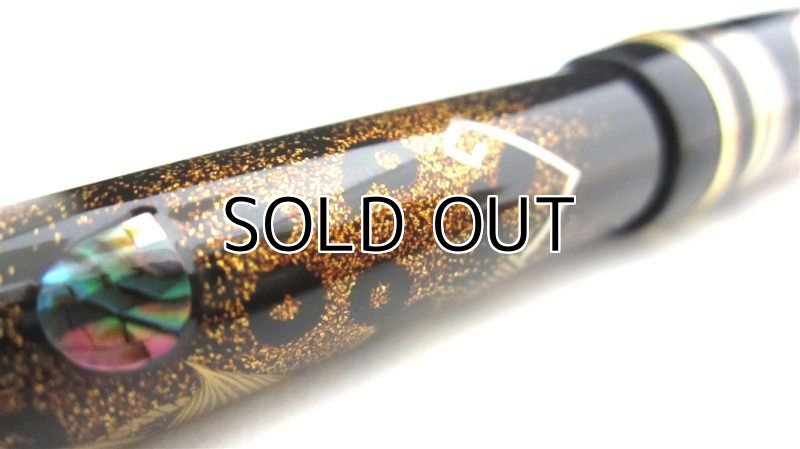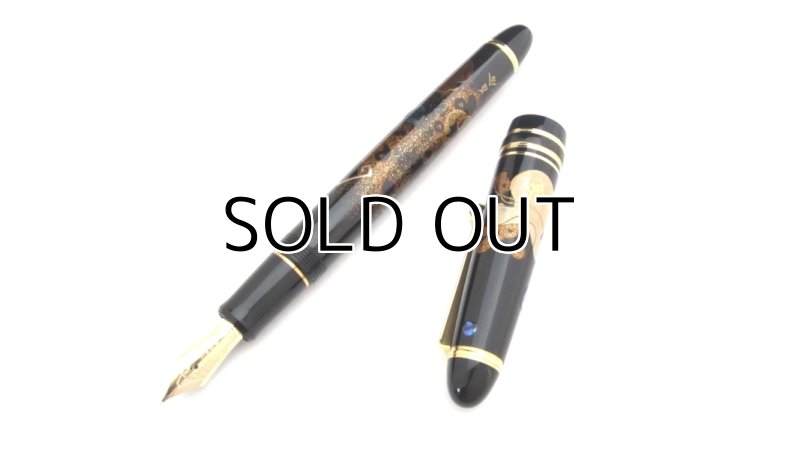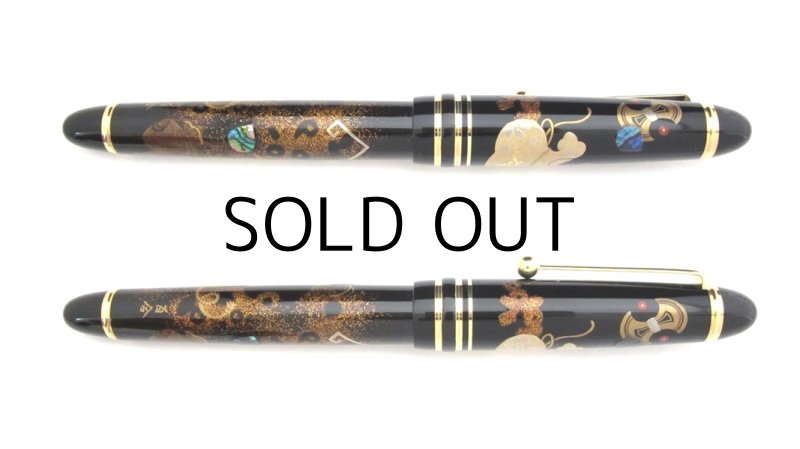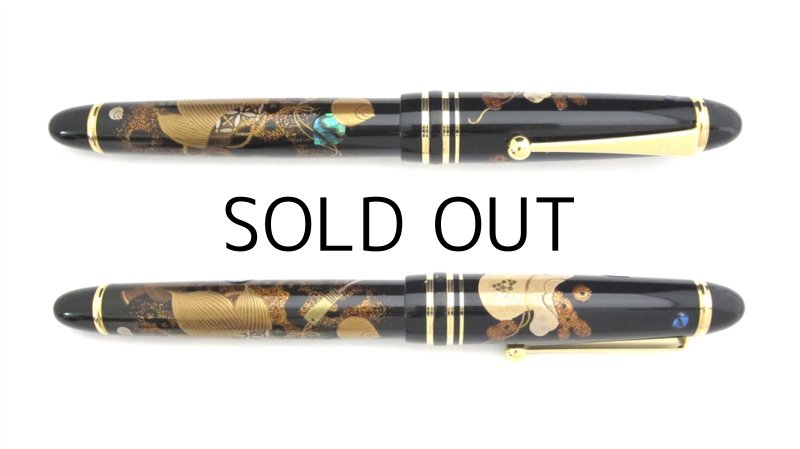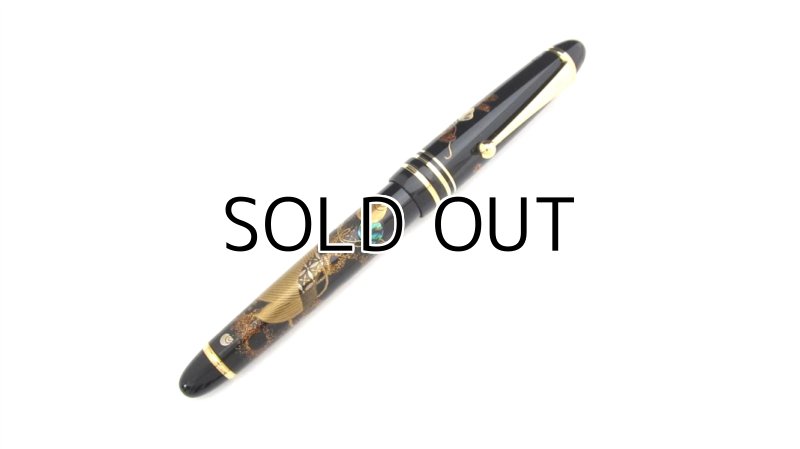AGJ Original Maki-e Fountain Pen #19 "Treasures" Sparkling Togidashi Taka Maki-e Kyoto Japan Wa
AGJ Original Maki-e Fountain Pen #19 "Treasures" Sparkling Togidashi Taka Maki-e Kyoto Japan Wa
Please contact us from here for the price.
Item Description
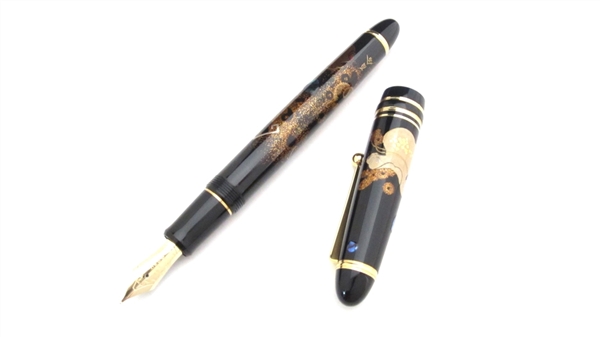
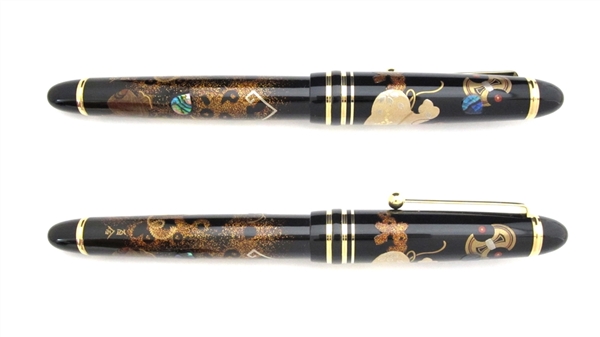
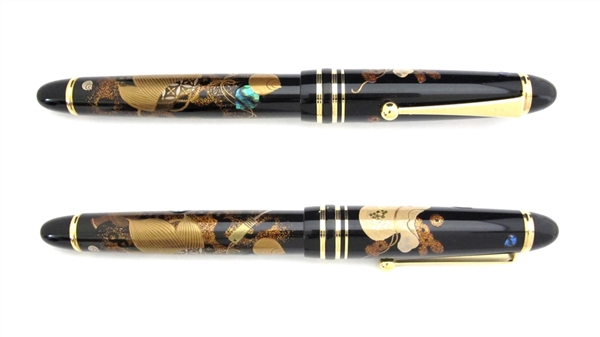
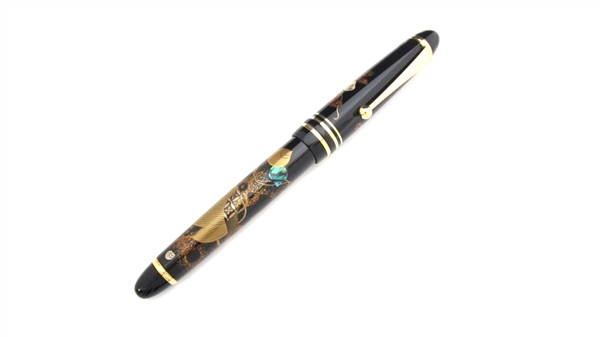
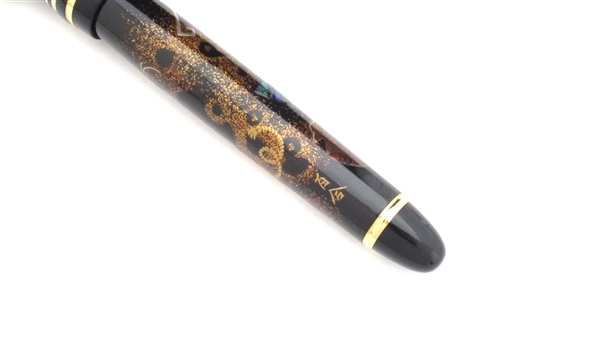
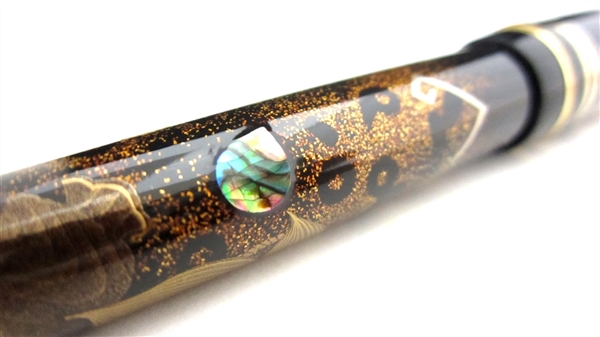
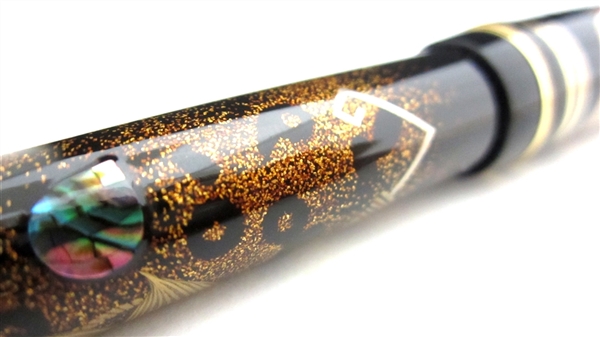
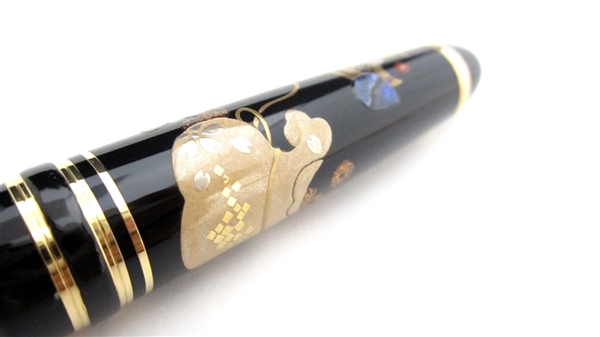
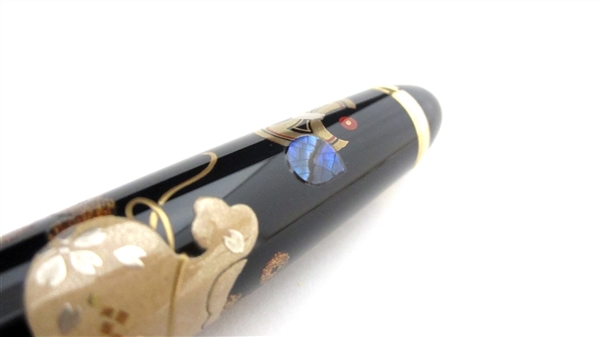
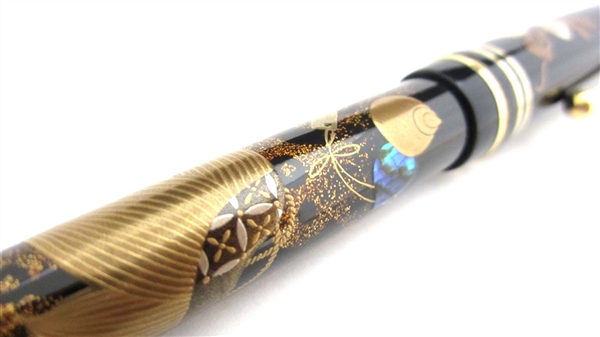
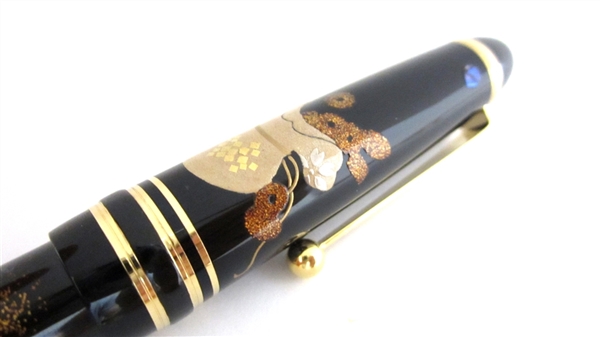
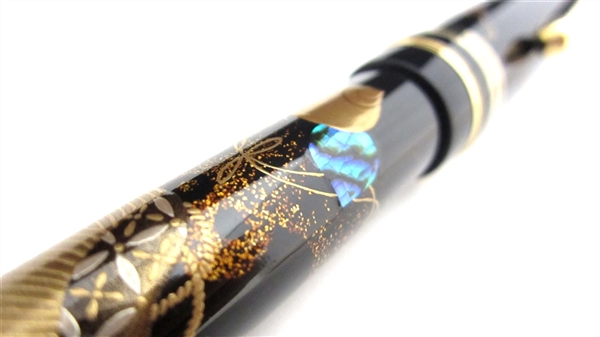
This Authentic Goods from Japan's Original Maki-e Fountain pen is made by famous Kyoto Maki-e Artisan "Yuri".
This pen is only one in the world. You can not find it anywhere.
Kyoto Maki-e is the best known Maki-e technique in Japan.
This is original maki-e fountain pen based on Japanese fountain pen.
[Description]
Name: Treasures #19 (Pilot Namiki Original)
Maki-e Artist: Yuri
Technique: Togidashi Maki-e
Origin: Kyoto, Japan
Nib: 14K Gold
Nib size: Medium
Size: 15.7mm(Dia.) x 148mm
Shipping: FREE SHIPPING!
Others: With CON-70 converter
Custom engraving service on AGJ's original Maki-e fountain pens is available for those who wish.
1. The lead time: it takes 10-14 days on top (orders without this service will be usually dispatched in 3-5 days after confirming the payment).
2. The cost: US$100.00.
3. The letters of the name engraved will be engraved in gold just as the signature of the Makie artisans of Original fountain pens.
4. Please send us the sample letters which you wish to engrave on the pen (there could be a case where we are unable to engrave the letters of your choice after consulting with the Makie artisans. Letters can be in Japanese Kanji, Katakana and Hiragana but if you choose Kanji, we will use phonetic symbols).
5. Please indicate the exact position where you wish to have your name engraved (please understand that there could be a case where we may have to change the position of engraving after consulting with the Makie artisans).
*Please contact us should you have any queries regarding custom engraving service.
[Techniques used for Treasures]
The technique used:
Combination of "Togidashi (Burnished) Makie", "Hira (Flat) Makie" and "Taka (Raised) Makie"
About the Treasures on the outer cap:
The treasure bag is made with "Taka (Raised) Makie" technique while "Hoju" (tear drop shaped sacred gem) is made with nacre (inner shell layers) and "Fundo" (weight to measure gold) is made with "Hira (Flat) Makie".
The treasure bag is sprinkled with genuine platinum powders coated with white lacquer. Small square gold sheets called "Kirikane" are affixed on the bag. The cherry blossom petals on the bag are made with "Hira (Flat) Makie" using genuine silver powders.
"Fundo" is made with "Hira (Flat) Makie" technique using genuine gold powders whereas an Obi (Belt) like part in the middle of it is made using genuine silver powders. Two dots next to "Fundo" are first drawn with red lacquer and then genuine gold dots are added on top.
"Hoju" (tear drop shaped sacred gem) part is created by affixing nacre which is first cut out of inner layers of shells with a needle, and then fractured to fit a shape of a fountain pen and finally attached without any gaps. In order to prevent the nacre from being caught, the boundary lines are smoothed by filling the lines with black lacquer.
About the Treasures on the barrel:
"Kakuremino" (Straw Raincoat which makes you invisible)
It is made with "Taka (Raised) Makie" technique using genuine gold powders. The "Shippou" pattern on the upper part of it is created with "Hira (Flat) Makie" using genuine gold and silver powders.
"Kagi" (Key)
It is made with "Hira (Flat) Makie" technique. The handle is made applying genuine blue gold powders while keys are made using genuine silver powders.
"Uchideno Kozuchi" (Wish-Granting Mallet)
It is made with "Hira (Flat) Makie" using genuine gold powders. By sprinkling gold powders to create the gradation effect, wood grain patterns are achieved.
"Hoju" (tear drop shaped sacred gem)
One is affixed with nacre, another is painted with genuine gold powder and the other one is painted with genuine silver powders. Gold "Hoju" is made with "Taka (Raised) Makie" technique whereas silver "Hoju" is made with "Hira (Flat) Makie".
About the background sprinkled with gold powders:
The background is made with genuine gold "Nashi-ji" powders. To create the depth, the shapes of "Hoju" and "Koban (Japanese gold coin)" are gouged out of the Gold background.
[Yuri's Career]
Year 1981 Born in Kyoto
2001 She followed the family trade of Lacquered tea utensils making and started to work at Studio "Manju" owned by her family.
She took charge of design and decoration of Lacquered.work (Maki-e).
She also studied the traditional Japanese Painting at Kyoto University of Art and Design.
2009 The Japanese lacquered tea ware (Usuchaki) made by her won the Kyoto Governor Prize at the 40th Kyo Laquered Ware Exhibition (the prize was won under the Studio's name).
Her work was also selected for the 49th Japan Crafts Exhibition.
